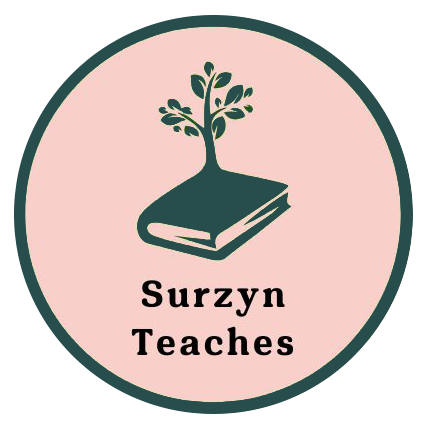Who would’ve thought that documenting the awesome teaching activities that support sustainability and the environment could be done via My Google Maps? At ASFG we’ve been organizing a Earth Day oriented meeting meant to support sustainability for approximately the past 7 years, before I joined this school community. I was privileged of becoming a part of this committee when I did the Compass Education training. Compass Education focuses on the importance of systems in trying to solve complex problems, like the environmental disaster we currently find ourselves in. Learning about systems has been particularly interesting for me teaching students research skills in the Capstone program; but this year, when we completed Level 2 of the training with Mike Johnstone I started thinking about how to take system thinking to a broader level.
ASFG is a K-12 school with four different sections: Early Childhood, Elementary, Middle and High School; it is challenging to know about the things going on in the whole school, not to mention collaborating across sections. During the training with Mike Johnstone, we spent a lot of time talking about our school as a system, with each of us – from different sections – posting our observations, goals and concerns on a pyramid (see examples below). One conversation during this process struck me: a teacher from Early Childhood mentioned they use Earthboxes as part of their curriculum, which led a teacher from Elementary to mention that the Earthboxes would be a great addition to the unit on corn that is taught in Grade 2. What gave me pause about this conversation is that this was just two examples of many amazing activities being done at our school that we don’t know about and therefore could not take advantage of in terms of collaboration.


With systems thinking, we learned it is key to visualize the nodes and the connections (like this awesome map about circular economy from the Ellen Macarthur foundation). I started thinking about how we could visualize all the great work being done at ASFG that supports sustainability, and not just from one lens, nature, but all the lenses represented in the compass. I also wanted everyone in the school to be able to participate in creating the visual of our work.

My first idea was to create a padlet with people inputting their ideas within each level of the iceberg (another tool for visualizing systems). However with a staff of 186 people, I knew the padlet would get messy and crowded very quickly. I started thinking how easy it is to drop many pins on a google map and started wondering if we could do something similar. And we did.

There are some really cool ways to populate a Google map through a Google form as my colleague and tech specialist, Mike Kaufman, helped me learn (thanks!). However, since the goal of the Sustainability Committee was not location specific, too many glitches arose with trying to create locations that would land in the specific quadrant of the compass, as it was located on the map, though we certainly tried!

Hence, we invited all staff members to drop their pins on a “map” that was editable by all, at the same time. I was very worried about the map crashing with so many people working on it at the same time but it was fairly foolproof. My one wish was that we could freeze a layer of the map so the elements of the compass wouldn’t be moved so easily. But that was a minor detail.

Overall it was a successful visualization of great activities being done at ASFG and the first step towards future collaborations. In particular, I was happy that the activity had a positive tone in that sense that it focused on what teachers are doing, rather than not doing. Oftentimes, the sad reality of climate change can lead to a mood of doom and gloom during activities like this; however, as educators we obviously have hope for the future since we are investing our time and energy into the future.
Finally, along with the map activity it was inspiring to see the collaboration of the Sustainability Committee and other teachers. Everyone worked together to organize, edit and translate the details of the Google Form, where staff was invited to organize their thoughts before actually dropping the pins.
My final hope is that we can take this first step of visualizing sustainability at our school to see how we can create continuity for students going through the curriculum at our school, ensuring they are exposed to the complexity of our world and are pushed towards the creative and critical solutions that we urgently need.


